“The Zippo Manufacturing Company, of Bradford, Pennsylvania, makes Zippo cigarette lighters. In peacetime they are nickel-plated and shiny. In wartime they are black, with a rough finish. Zippos are not available at all to civilians. In Army PXs all around the world, where a batch comes in occasionally, there are long waiting lists.
“While I was in Italy I had a letter from the president of the Zippo Company. It seems he is devoted to my column. It seems further that he’d had an idea. He had sent to our headquarters in Washington to get my signature, and then he was having the signature engraved on a special nickel-plated lighter and he was going to send it to me as a gift.
“Pretty soon there was another letter. The president of the Zippo Company had had another brainstorm. In addition to my super heterodyne lighter he was going to send fifty of the regular ones for me give to friends.
“I was amused at the modesty of the president’s letter. He said, ‘You probably know nothing about the Zippo lighter.’
“If he only knew how the soldiers coveted them! They’ll burn in the wind, and pilots say they are the only kind that will light at extreme altitudes. Why, they’re so popular I had three of them stolen from me in one year.
"Well, at last the lighters came, forwarded all the way from Italy. My own lighter was a beauty, with my name on one side and a little American flag on the other. I began smoking twice as much as usual just because I enjoyed lighting the thing.
“The fifty others went like hot cakes. I found myself equipped with a wonderful weapon for winning friends and influencing people. All fifty-one of us were grateful to Mr. Zippo.”
Ernie Pyle, Brave Men, p. 322-323.
What I believe is most memorable about this brief story by Ernie Pyle is the intense love affair that so many American servicemembers had with this absolutely essential piece of wartime equipment, the Zippo lighter.
During World War II, smoking was a widespread habit. Even before the war, it was seen as a sign of maturity or adulthood among young people to smoke. For millions of young men and women going into military service and uncertain futures during the war years, the emphatic urge to live life to the fullest in the moment was a more powerful experience than most of us today can imagine. This urge manifested itself in many forms. Fast and passionate marriages were common and sometimes lasted for decades after the war, but there were many which did not and ended in divorce virtually as soon as the war was over. Young men often pushed themselves to take risks with the enhanced physical and mental skills they acquired from military training. There are many stories of pilots who flew like daredevils during ordinary maneuvers, soldiers on leave who took unnecessary physical risks while both sober and inebriated, and young men actively fighting over young women. Deep friendships were formed during training, and the bonds forged between young men to fight for their buddies would be their greatest motivation when they fought together on battlefields. The WWII generation had to face the reality that tomorrow was not guaranteed for them, so long as the war went on—and for nearly four long years after December 7, 1941, no one knew when it would end.
Most people today can understand the mentality that troops in combat had to live for today, because there was always the chance that tomorrow they might die. Cigarettes played a positive good for them in that, however briefly, nicotine relieved physical and mental stress in the moment. People perhaps forget that there was a considerable amount of stress in the daily lives of those left back on the Home Front—wives, girlfriends, parents, and family members who hoped their loved ones would return, and dreaded the arrival of Western Union telegrams. Smoking was a relief for them as well.
In popular culture, one of my favorite scenes from the HBO miniseries The Pacific involves a scene where the young Marine Eugene B. Sledge (played by the actor Joseph Mazzello) is undergoing his first combat at Peleliu in 1944. After a brutal amphibious landing on the beach and fighting inland across the heat-seared island, Sledge and his fellow Marines stop for a moment’s rest. Their eyes show the intensity they are still feeling from the fighting, and they have much yet to face. The veterans in the unit are watching to see how newcomers like Sledge will hold up under combat, wary of getting close to men who might not be up to the tasks. In a show of respect and acceptance to Sledge, one of the veterans named Merriell Shelton (played by the actor Rami Malek), who was nicknamed Snafu by his buddies (in military lingo, SNAFU stood for “Situation Normal, All F***ed Up), waves his hand and offers Sledge a cigarette from his pack.
Sledge nods thanks, but says “I don’t smoke.”
Snafu’s eyes and grin slowly curl into wide amusement. He replies with certainty: “You will.”
Of course, Snafu is correct—and given what viewers watch them go through together, who could blame them?
So the atmosphere of violent death and unknown futures that permeated World War II gave smoking a very different social context. Smoking was not just a relief, but almost a gesture of defiance against fate, an act of freedom in the present. As a journalist, part of Ernie Pyle’s job was to get close to soldiers and sailors in order to tell their stories. Sharing cigarettes was always a good icebreaker to begin a conversation with those who were constantly risking their lives. The American GI Reed Switzer became a close friend of Pyle’s during the war. Switzer helped him with his mail and correspondence. In appreciation, Pyle signed a copy of his book This is Your War while they were together in London dated September 7, 1944. Pyle also gave Switzer a black Zippo lighter as a gift. Both of these items are on display for all to see in the Italian Campaign gallery in The Road to Berlin at The National WWII Museum.
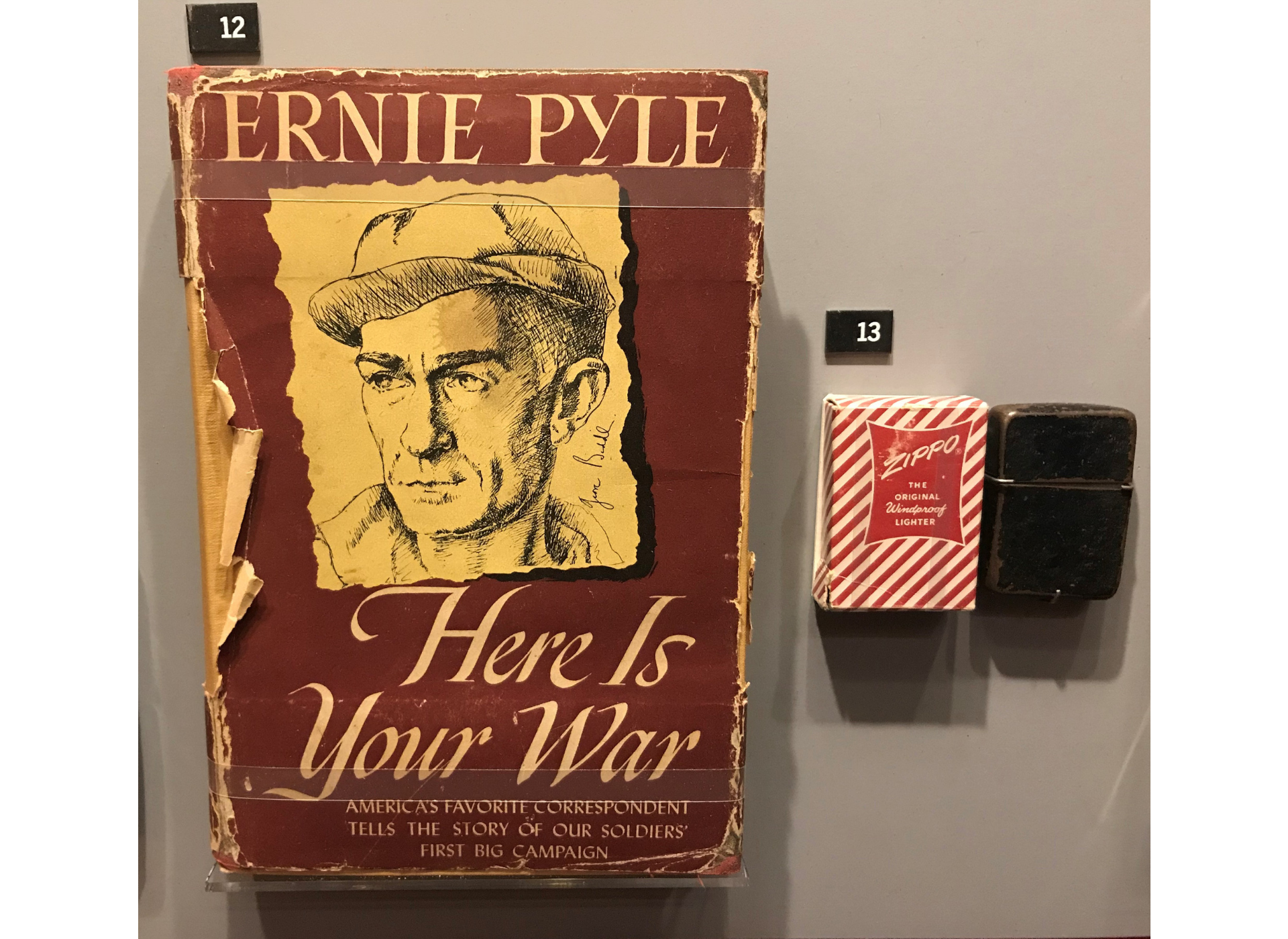
Standing beside the display case, one cannot help but wonder if this rough-finished black Zippo was one of the 50 that Pyle wrote about and handed out to new friends during the war. But even more important, when one observes these artifacts in a display case, one can begin to imagine the spirit of relief, friendship, and gratitude that these friends must have experienced to have lived another day in uncertain times, when they shared the Zippo to light their cigarettes in a world at war.
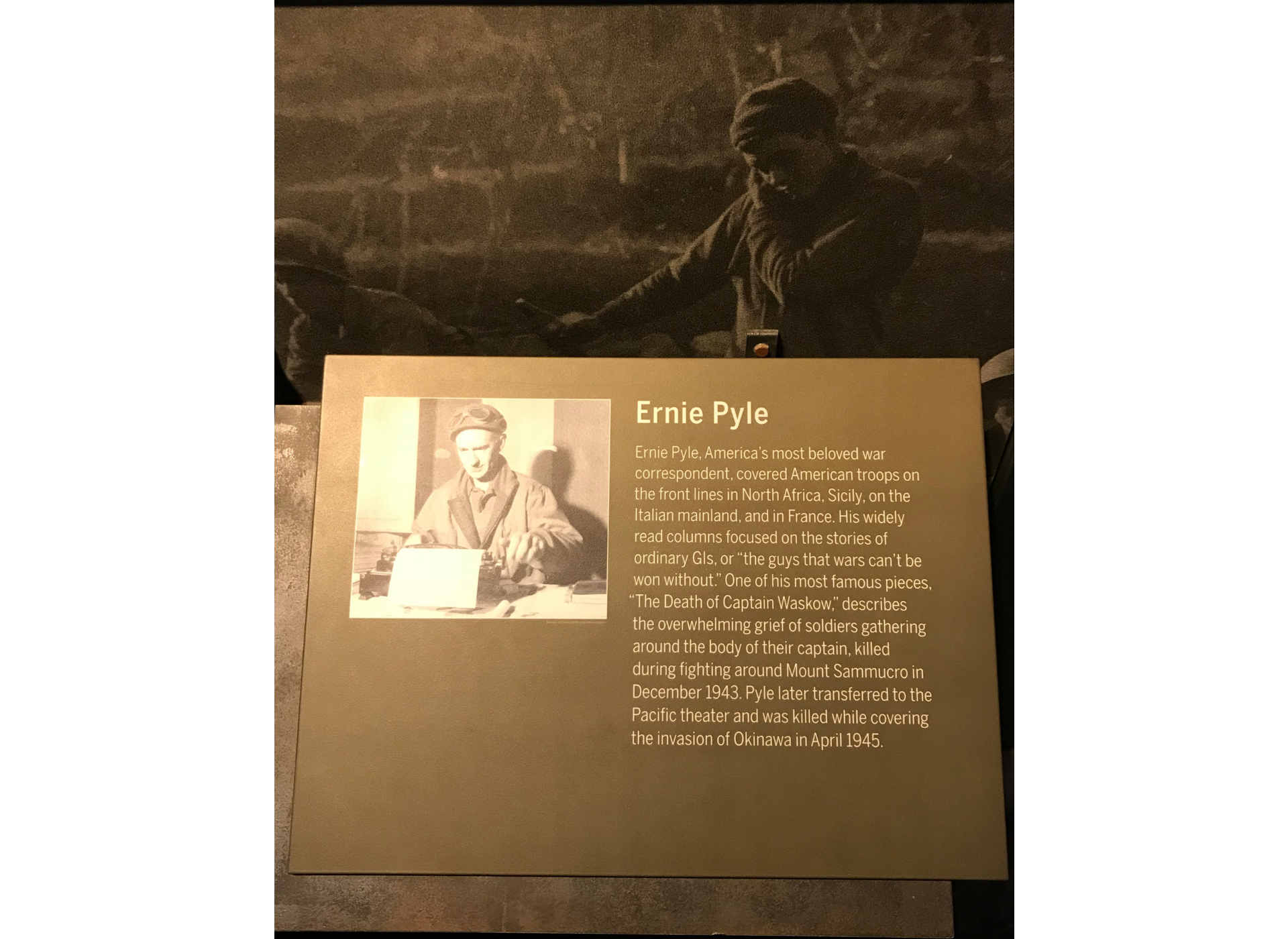
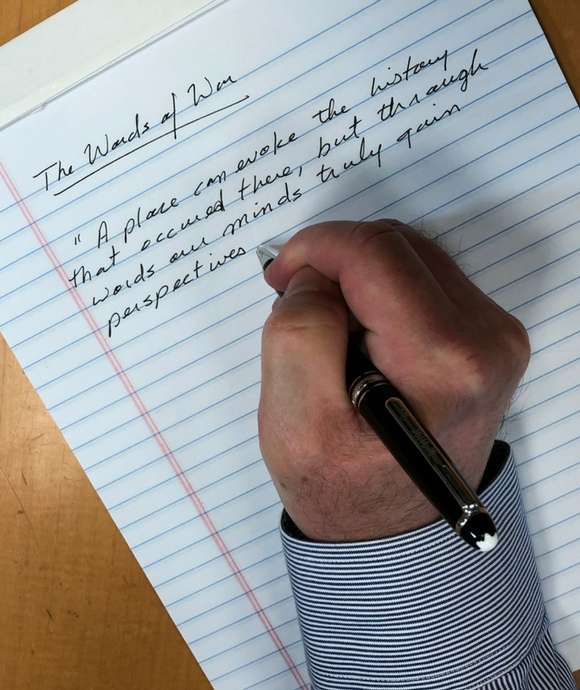
“A place can evoke the history that occurred there, but through words our minds truly gain perspectives and understanding of what it was like to know, feel, experience, hope, fail, triumph, and live through events from which we ourselves were absent. The written word is our most intricate map to retrace and reconstruct what we think happened, and ultimately brings us back to ourselves.”
– Keith Huxen, PhD , Senior Director of Research and History, The National WWII Museum
Keith Huxen
Keith is the former Senior Director of Research and History in the Institute for the Study of War and Democracy at The National WWII Museum.
Cite this article:
MLA Citation:
APA Citation:
Chicago Style Citation:
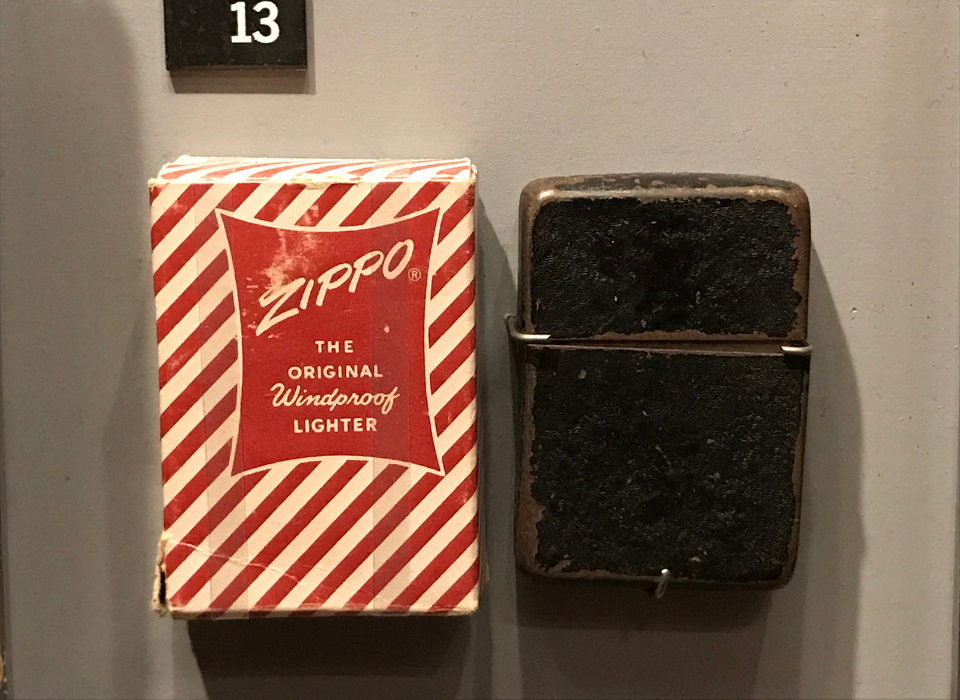
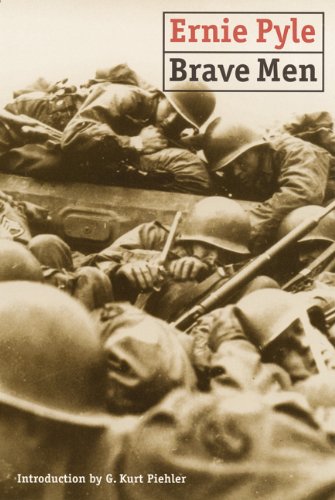




![Max Fuchs, New York City cantor, sings as Rabbi Sydney [sic] Lefkowitz, Richmond, VA, conducts the first Jewish services from Germany.](/sites/default/files/styles/max_650x650/public/2025-10/image1.jpg)



